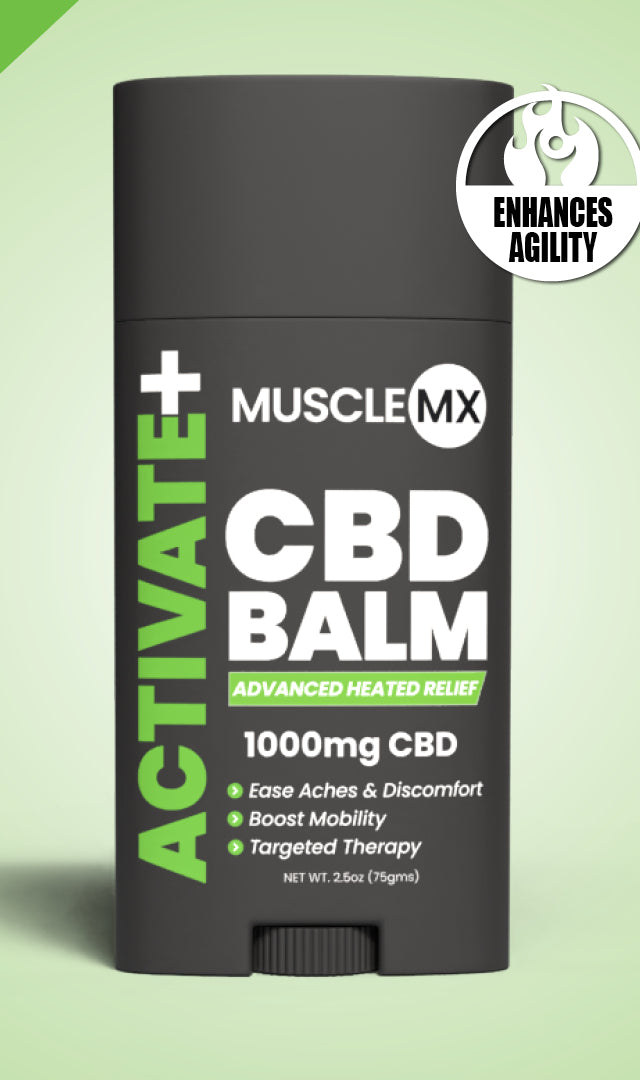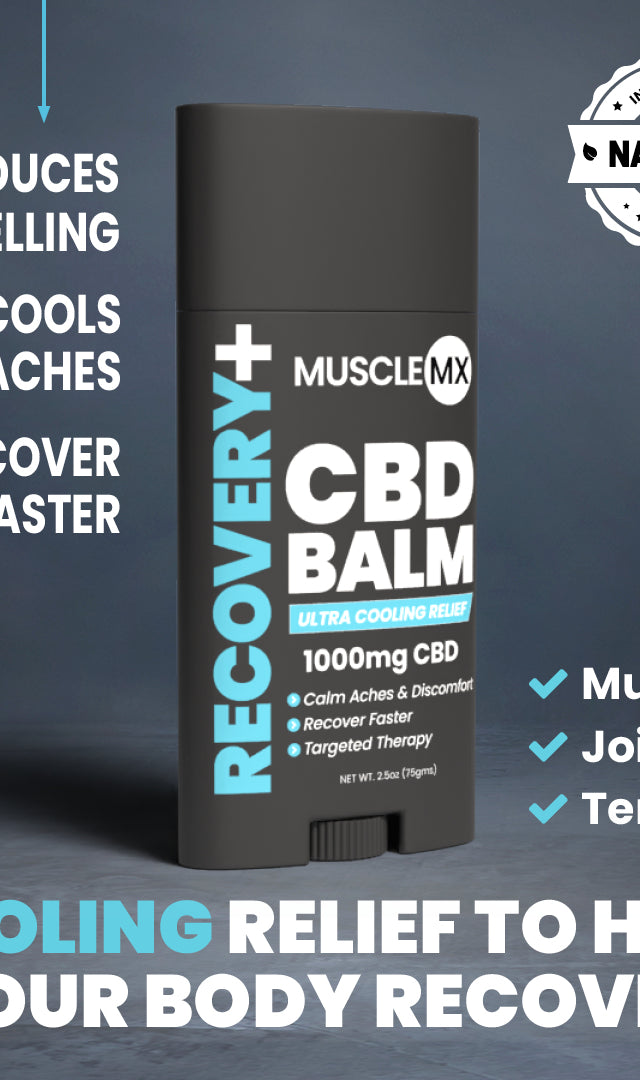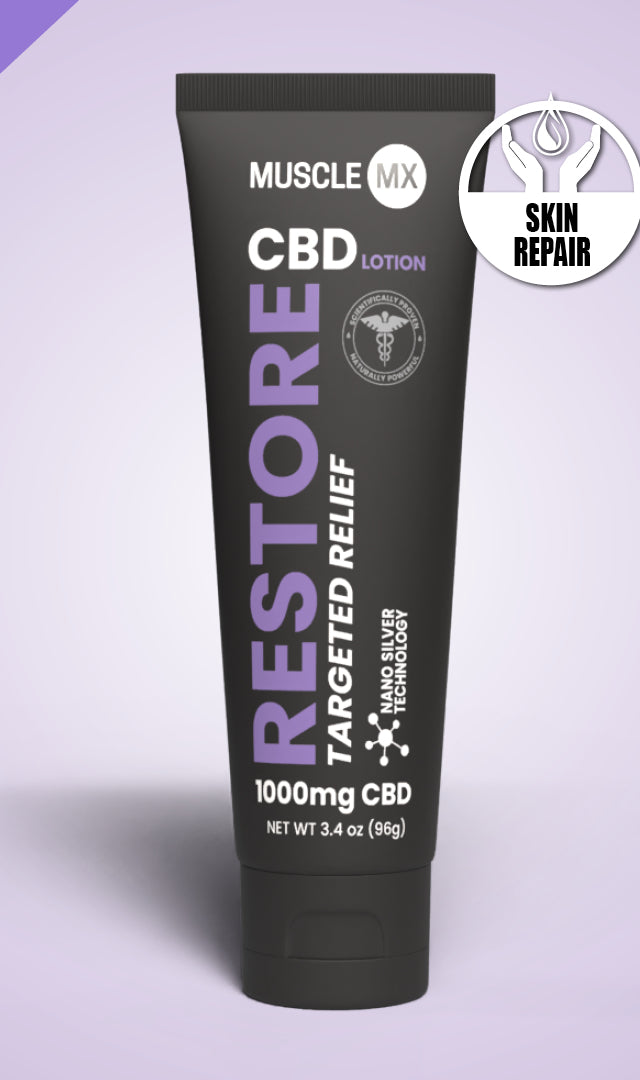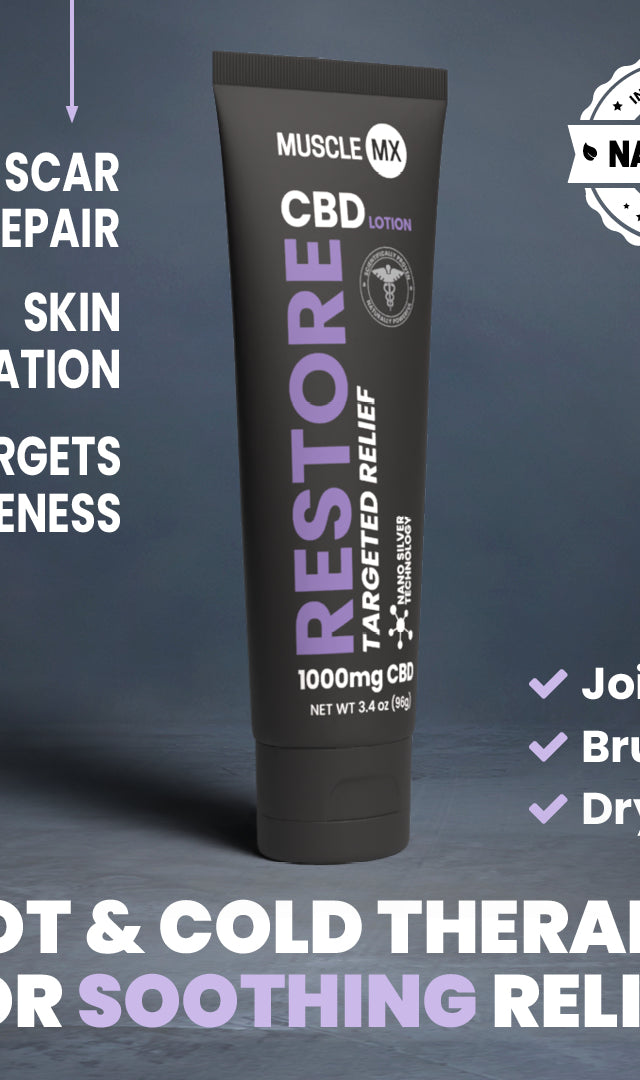When to Worry About Leg Pain: Warning Signs You Can't Miss
Key Takeaways
Understanding when leg pain signals a serious medical condition can be life-saving, as certain symptoms indicate potentially dangerous conditions like blood clots or peripheral artery disease.
-
Seek immediate medical care for leg pain with swelling, redness, warmth, or fever - these symptoms may indicate deep vein thrombosis, a potentially fatal blood clot condition.
-
Don't ignore pain that follows predictable patterns during activity - claudication (pain during walking that improves with rest) often signals peripheral artery disease affecting millions of Americans.
-
Watch for concerning skin changes alongside leg pain - discoloration, shiny texture, non-healing sores, or unusual hair growth patterns may indicate serious circulation problems.
-
Emergency care is needed for severe pain preventing weight-bearing - sudden, intense leg pain without injury or pain so severe you cannot walk requires immediate professional evaluation.
-
Early diagnosis through proper testing saves limbs and lives - doctors use ankle-brachial index tests, ultrasounds, and advanced imaging to identify treatable vascular and nerve conditions before complications develop.
The key difference between normal muscle soreness and dangerous conditions lies in recognizing specific warning signs. When in doubt, trust your instincts and seek medical evaluation promptly—what seems minor today could become life-threatening if left untreated.
Introduction
Leg pain — it's something most of us have experienced at one point or another. Whether it's a dull ache after a long day or sharp discomfort during your morning walk, leg pain can range from mildly annoying to downright concerning. While it's easy to dismiss these sensations as just part of getting older, persistent leg discomfort can actually signal serious circulatory problems that shouldn't be ignored.
Some types of leg pain demand your immediate attention. Severe discomfort accompanied by swelling, warmth, or changes in skin color may indicate a blood clot in your leg, also known as deep vein thrombosis. This serious condition causes chronic complications in 30 to 50 percent of survivors. Pain that gets worse during activity, medically referred to as claudication, might point to peripheral artery disease (PAD), which affects an estimated seven to 12 million Americans. Left untreated, these conditions can lead to serious infections, permanent nerve damage, or even life-threatening complications like blood clots traveling to your lungs.
Understanding when leg pain crosses the line from everyday discomfort to something more serious is important for your health and well-being. Let's explore the warning signs that indicate when leg pain requires medical attention, examine what might be causing different types of leg discomfort, and discuss the available treatment options — including when CBD products might offer relief and when you need to seek immediate medical care.
Recognizing the Warning Signs of Severe Leg Pain
How do you know when leg pain has crossed the line from everyday discomfort to something that needs medical attention? It's not always easy to tell the difference. Unlike the muscle soreness you might feel after a workout or the occasional ache from standing too long, certain types of leg pain serve as red flags that your body is trying to tell you something important.
Persistent pain that disrupts daily life
Remember, your body has a way of establishing patterns, and leg pain is no exception. Claudication—a hallmark symptom of peripheral artery disease—typically starts with pain in your calves or thighs when you're walking, gets better when you rest, and then comes back when you start moving again. This pattern is quite different from what you'd experience with arthritis or muscle injuries.
Have you noticed that you can't walk as far or as fast as you used to because your legs feel tired and achy? This gradual change could signal reduced blood flow to your limbs. It's easy to chalk this up to "just getting older," but it often points to narrowed arteries affecting your circulation.
Pain with swelling, redness, or warmth
Swelling that appears alongside leg pain, especially when it shows up suddenly in just one leg, requires immediate medical evaluation. This combination becomes even more concerning when you add redness or warmth to the mix — these could be signs of deep vein thrombosis (DVT), a potentially life-threatening blood clot.
Your lower leg or thigh might feel painful, with skin that's sensitive to touch and appears reddish in color — this could also signal DVT. The danger here is real: without treatment, a DVT blood clot can break loose, travel to your lungs, and cause a pulmonary embolism, which is a medical emergency that can be fatal.
Pain accompanied by fever or skin changes
Leg pain that comes with fever is particularly concerning, especially in children who have acute lower extremity pain and can't bear weight. Research shows that approximately 10.2% of children presenting with fever and acute leg pain had bacteremia — a serious bloodstream infection.
Skin changes alongside leg pain also warrant your immediate attention. These changes might include discoloration such as yellowish-brown, red, or purple patches, skin that looks shiny or unusually thin, or abnormal hair and nail growth patterns. Other concerning signs include open sores around your ankles, persistent ulcers that won't heal, or an unusual odor from the affected areas.
Understanding these warning signs is important for your health and safety. Contact your healthcare provider immediately if you experience any of these symptoms, particularly if home treatments aren't providing relief.
Understanding the Underlying Causes
When leg pain becomes a persistent problem, there's usually a specific medical reason behind it. Getting to the root of what's causing your discomfort is the first step toward finding effective relief.
Peripheral Artery Disease (PAD)
PAD develops when the arteries in your limbs become narrowed or blocked, primarily due to plaque buildup — a process known as atherosclerosis. This condition gradually limits blood flow to your legs, creating that painful cramping sensation called claudication. The pain typically shows up during walking and improves when you rest. PAD affects approximately 12 million adults aged 40 or older in the U.S., with Black individuals facing a higher risk than non-Hispanic whites, particularly after age 50 for men and 60 for women.
Deep Vein Thrombosis (DVT)
DVT happens when a blood clot forms in one or more of the deep veins, usually in your legs. This condition can be particularly dangerous — it affects 1 to 3 in every 1,000 adults annually in the United States, with up to 300,000 people dying each year from DVT complications. Several factors can increase your risk, including being over 60, sitting still for long periods, recent surgery, and pregnancy. While up to 30% of people with DVT don't experience any symptoms, others may notice swelling, pain, warmth, and skin color changes in one leg.
Nerve Compression and Sciatica
Sciatica goes beyond simple back pain. It's nerve pain that travels down your leg due to irritation of the sciatic nerve — your body's longest and thickest nerve, measuring up to 2 centimeters wide. Despite what the name suggests, sciatica often stems from compression of spinal nerve roots rather than the sciatic nerve itself. Common culprits include herniated disks, spinal stenosis, piriformis syndrome, and degenerative disk disease. The pain typically feels like a sharp, shooting sensation that can travel from your lower back through your buttocks and all the way down to your feet.
Sudden Pain Without Injury
Sometimes leg pain appears out of nowhere, without any obvious trauma or injury. This unexplained discomfort often points to an underlying vascular or neurological issue. People with lumbosacral radiculopathy may experience sharp, shooting pain along with numbness and tingling. Diabetic neuropathy can cause a burning sensation in the feet or thighs that's sometimes mistaken for PAD symptoms.
Understanding these different causes helps you recognize what might be happening in your own situation and guides you toward the most appropriate treatment approach.
How Doctors Diagnose Serious Leg Pain
Getting to the root of your leg pain requires a systematic approach. Healthcare professionals use several diagnostic tools and techniques to identify what's causing your discomfort and determine the best path forward for treatment.
Physical exam and symptom history
Your doctor will start by asking detailed questions about your symptoms. They'll want to know where exactly you feel pain, what activities trigger it, and how long you've been experiencing these issues. This information helps them determine whether your pain stems from arterial, venous, neurological, or musculoskeletal problems.
During the physical examination, your doctor will check pulses throughout your body and carefully examine your legs. They'll look for differences in size between your legs, changes in skin color or temperature, and variations in hair distribution patterns. For example, arterial insufficiency typically causes pain during exercise that affects the calf, appears at predictable walking distances, and improves quickly with rest.
Ultrasound and ankle-brachial index (ABI)
Vascular ultrasound provides a noninvasive way to evaluate how blood flows through your arteries and veins. This test can help diagnose conditions like blood clots and peripheral artery disease without any discomfort to you.
The ankle-brachial index test compares blood pressure readings between your ankle and arm. An ABI between 1.0 and 1.3 is considered normal, while 0.9 or lower indicates PAD. The results help your doctor understand the severity of any circulation issues — 0.7-0.9 suggests mild PAD, 0.4-0.7 indicates moderate PAD, and below 0.4 signals severe PAD.
CT and MRI scans for vascular or nerve issues
When your doctor needs more detailed information, advanced imaging becomes necessary. MRI scans use strong magnets instead of radiation to create clear pictures of your legs, showing issues like herniated disks, fractures, infections, or tumors. CT scans produce cross-sectional images that are particularly helpful for identifying vascular problems.
These diagnostic tools work together to give your healthcare provider a complete picture of what's happening in your legs, allowing them to recommend the most effective treatment approach for your specific situation.
Treatment Options and When to Seek Help
Finding the right treatment for your leg pain depends on understanding what's causing your discomfort and knowing when to seek professional help. There are several approaches available, from simple home remedies to more advanced medical interventions.
Lifestyle Changes and Medications
The RICE method — Rest, Ice, Compression, and Elevation — often provides immediate relief for mild leg pain. Over-the-counter medications like NSAIDs (ibuprofen) or acetaminophen can effectively reduce inflammation and alleviate discomfort. For those with chronic conditions, prescription medications might be necessary, including muscle relaxants for spasms or specialized medications for nerve-related pain.
Lifestyle modifications play a crucial role in long-term improvement. Staying hydrated, maintaining a healthy weight, and engaging in regular low-impact exercise can strengthen leg muscles while improving circulation. Remember, quitting smoking significantly enhances blood flow, as smoking cessation is one of three primary therapies recommended by vascular specialists.
Surgical Options: Angioplasty and Bypass
When peripheral artery disease becomes severe, surgical intervention may become necessary. Angioplasty opens narrowed blood vessels using a balloon catheter that compresses plaque against artery walls. This minimally invasive procedure often includes stent placement to maintain the opened artery.
For cases where angioplasty isn't suitable, bypass surgery creates an alternative route for blood flow around blocked arteries. Recovery typically requires 1-3 days in the hospital, with complete healing taking 6-12 weeks. While effective, these procedures don't cure the underlying cause of blockage, making lifestyle changes still essential.
When to Use CBD Balm or CBD Lotion for Relief
CBD topicals have gained popularity for temporary pain management. Research suggests these products may help reduce inflammation and provide localized relief, particularly for arthritis-related discomfort. A 2019 study found that twice-daily application significantly decreased jaw pain after two weeks.
CBD creams work best when combined with other pain management approaches. They typically begin working within 15-30 minutes, making them suitable for targeted relief. However, consult with healthcare providers before using CBD alongside other medications to avoid potential interactions.
When to Call Your Doctor or Visit the ER
Seek immediate emergency care if you experience leg pain accompanied by swelling, redness, warmth, or fever — potential signs of blood clots. Similarly, pain so severe you cannot walk or put weight on your leg warrants urgent attention.
Contact your doctor if your leg becomes red and swollen after surgery, as this might indicate infection. You should also seek medical help if you notice your leg below a catheter insertion site changing color, becoming cool to touch, or feeling numb following vascular procedures. If home treatments aren't providing relief or pain disrupts your daily activities, professional evaluation becomes necessary.
Final Thoughts
Leg pain isn't something you should just accept as part of getting older. Throughout this discussion, we've explored how certain types of leg discomfort can signal serious conditions that need immediate attention. Remember, the key difference between everyday muscle soreness and potentially dangerous issues lies in recognizing the specific warning signs that accompany your discomfort.
Taking action early can prevent serious complications down the road. Whether it's swelling and warmth that might indicate a blood clot, or pain patterns during activity that could point to circulation problems, your body is trying to tell you something important.
Treatment options range from simple home care methods like the RICE approach for mild cases to more advanced medical interventions when needed. CBD products can offer temporary relief for certain types of leg pain, though they work best as part of a broader approach to managing your discomfort rather than as a single solution.
The most important thing you can do is trust your instincts about your own body. If your leg pain feels different, concerning, or persistent, don't hesitate to seek medical advice. What seems like a minor issue today could potentially become something more serious if left unchecked.
Understanding these warning signs puts you in control of your health. Knowledge is power, and recognizing when leg pain needs professional attention is an essential step in maintaining your overall well-being and quality of life.
FAQ's On When to Worry About Leg Pain
Q: What are the warning signs that leg pain might be serious?
A: Serious leg pain may be accompanied by swelling, redness, warmth, or fever. Pain that follows a specific pattern during activity, sudden severe pain without injury, or pain so intense you can't walk are also red flags. Additionally, watch for skin changes like discoloration or non-healing sores.
Q: How can I differentiate between normal muscle soreness and dangerous leg pain?
A: Normal muscle soreness typically improves with rest and doesn't interfere with daily activities. Dangerous leg pain often persists, follows specific patterns (like improving with rest but returning during activity), or is accompanied by other symptoms such as swelling, skin changes, or fever.
Q: When should I seek immediate medical attention for leg pain?
A: Seek emergency care if you experience leg pain with swelling, redness, warmth, or fever, as these may indicate a blood clot. Also, get immediate help if the pain is so severe you can't bear weight on your leg or if you notice sudden, unexplained pain without injury.
Q: What tests do doctors use to diagnose serious leg pain?
A: Doctors typically start with a physical exam and detailed symptom history. They may then use vascular ultrasound to evaluate blood flow, perform an ankle-brachial index test to check for peripheral artery disease, or order CT and MRI scans for more detailed imaging of vascular or nerve issues.
Q: Can CBD products help with leg pain, and when should they be used?
A: CBD topicals may provide temporary relief for some types of leg pain, particularly those related to inflammation. They work best when combined with other pain management approaches and typically start working within 15-30 minutes. However, it's important to consult with a healthcare provider before using CBD, especially if you're taking other medications.
References
https://www.washingtonhealth.com/news/2024/february/leg-pain-when-should-you-worry/
https://www.communityhospitalhp.com/newsroom/news/when-to-go-to-the-emergency-room-for-leg-pain/
https://hunterdonvascularcare.com/pad-when-to-worry-about-leg-pain/
https://www.webmd.com/dvt/leg-pain-never-ignore
https://www.bidmc.org/about-bidmc/wellness-insights/heart-health/2018/06/leg-pain-pad-warning-signs
https://publications.aap.org/aapgrandrounds/article/50/2/17/192826/Bacteremia-Among-Children-With-Fever-and-Acute-Leg
https://my.clevelandclinic.org/health/diseases/24388-venous-stasis-dermatitis
https://michiganvascularcenter.com/reasons-you-should-never-ignore-leg-pain/
https://my.clevelandclinic.org/health/symptoms/leg-pain
https://my.clevelandclinic.org/health/diseases/17357-peripheral-artery-disease-pad
https://my.clevelandclinic.org/health/diseases/16911-deep-vein-thrombosis-dvt

















































